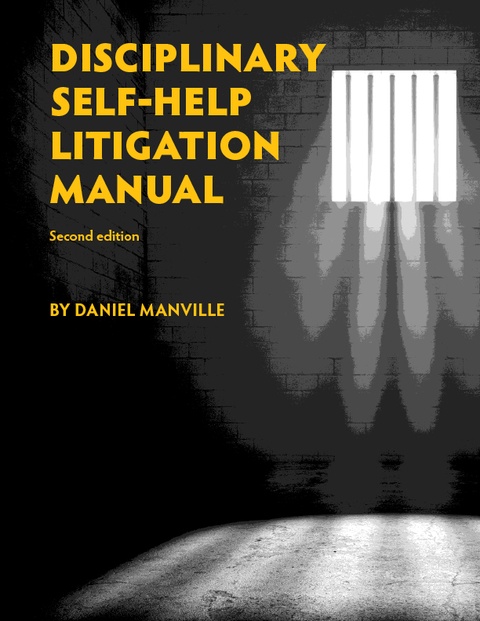Fifth Circuit Announces Definition of ‘Controlled Substance’ in Effect at Time of Current Sentencing Applies for Purposes of Career-Offender Enhancement, Not Definition at Time of Prior Sentencings
by Jeffrey Cohen
The United States Court of Appeals for the Fifth Circuit held that the definition of “controlled substance” in effect at the time of sentencing for the current offense applies, not the definition in effect at the time of prior convictions, in determining whether the prior convictions qualify as “controlled substance offenses” for purposes of the career-offender enhancement.
Background
Edgar Hermillo Minor was convicted in 2000 of two federal marijuana-related offenses. In 2010, he was convicted of another marijuana crime. Then, in 2022, he pleaded guilty in the U.S. District Court for the Western District of Texas to four drug charges: (1) importing methamphetamine, (2) possessing methamphetamine with intent to distribute, (3) importing fentanyl, and (4) possessing fentanyl with intent to distribute. Based on his three prior drug convictions, the career-offender enhancement was triggered. U.S. Sentencing Guidelines (“Guidelines”) § 4B1.1.
The enhancement added five levels to his base offense level, which pushed his offense level to a 34, with a criminal-history category of VI. That resulted in a Guidelines range of 262 to 327 months’ imprisonment. Without the enhancement, his Guidelines range would have been 121 to 151 months’ imprisonment based on a criminal-history category of IV and offense level of 29.
Minor argued that a 2018 amendment to the Controlled Substances Act (“CSA”) narrowed the definition of marijuana by excluding hemp, so his three pre-2018 marijuana convictions no longer constitute “controlled substance offenses” under the categorical approach. Therefore, the career-offender enhancement does not apply to him. The District Court rejected this argument, concluding that the CSA’s definition of marijuana at the time of his earlier convictions applied, not the definition in place at his 2022 sentencing. The court applied a downward variance and sentenced him to 180 months’ imprisonment, reasoning that 262-to-327-month range was “way too much” time. Minor timely appealed.
Discussion
The primary issue for the Court to decide was whether the CSA’s definition of “controlled substance offenses” in effect at the time of Minor’s three prior convictions or the definition in place at the time of his 2022 sentencing governed the determination of whether the career-offender enhancement applied.
The Court noted that the career-offender enhancement applies if, among other things, the defendant “has at least two prior felony convictions of … a controlled substance offense.” Guidelines § 4B1.1(a)(3). A “controlled substance offense” is a “federal or state” offense “punishable by imprisonment for a term exceeding one year, that … prohibits the manufacture, import, export, distribution, or dispensing of a controlled substance (or a counterfeit substance) or the possession of a controlled substance (or a counterfeit substance) with intent to manufacture, import, export, distribute, or dispense.” Guidelines § 4B1.2(b)(1). The Court stated that “controlled substance” is not defined in the Guidelines, but it defines “controlled substance” for purposes of the Guidelines by referencing the CSA’s definition of the term. See United States v. Gomez-Alvarez, 781 F.3d 787 (5th Cir. 2015).
A “prior conviction cannot serve as a predicate offense” for the career-offender enhancement if the “crime of conviction criminalizes a ‘greater swath of conduct’ than the elements of the relevant Guidelines offense,” the Court stated. Quoting United States v. Hinkle, 832 F.3d 569 (5th Cir. 2016) (quoting Mathis v. United States, 579 U.S. 500 (2016)). In 2018, “hemp” was removed from the CSA’s definition of marijuana, according to the Court. 21 U.S.C. § 802(16)(B)(i). Consequently, Minor’s pre-2018 convictions were for offenses that criminalized a broader range of conduct than the Guidelines’ definition of “controlled substance offense” in place at the time of his 2022 sentencing.
The Court explained that whether the enhancement applies to Minor depends on whether his predicate convictions must be compared to the CSA’s definition of controlled substance in place at the time of those predicate sentencings or the definition in place at the time of his 2022 sentencing. To answer this question, the Court turned to the Sentencing Reform Act (“SRA”) and the Guidelines. The SRA provides that in imposing sentences, courts are to consider the Guidelines and any relevant policy statements that are “in effect on the date the defendant is sentenced.” 18 U.S.C. §§ 3553(a)(4)(A)(ii) and (a)(5)(B). Similarly, the Guidelines state that courts are to “use the Guidelines Manual in effect on the date that the defendant is sentenced.” Guidelines § 1B1.11(a). Thus, “applying the Guidelines in effect at the time of current sentencing means incorporating the CSA’s definition of ‘controlled substance’ in effect at the time of current sentencing,” the Court concluded.
The Court observed that the First, Second, and Ninth Circuits agree with this conclusion, and all use the CSA’s definition of “controlled substance” in defining the meaning of that term as used in the Guidelines. See United States v. Gibson, 55 F.4th 153 (2d Cir. 2022) (per curiam); United States v. Abdulaziz, 998 F.3d 519 (1st Cir. 2021); United States v. Bautista, 989 F.3d 698 (9th Cir. 2021). In contrast, the Court stated that the Third, Sixth, and Eighth Circuits do not utilize the time of current sentencing method, so they do not incorporate the CSA’s definition of “controlled substance” into the Guidelines, meaning the “textual analysis for those circuits is therefore different.” See United States v. Lewis, 58 F.4th 764 (3d Cir. 2023); United States v. Clark, 46 F.4th 404 (6th Cir. 2022); United States v. Henderson, 11 F.4th 713 (8th Cir. 2021).
The Court then turned to the issue of whether the District Court’s erroneous determination that the definition of “controlled substance” in effect during the predicate sentencings applied was harmless. Notably, the “improper calculation of the Guidelines range can rarely be shown not to affect the sentence imposed.” United States v. Juarez, 812 F.3d 432 (5th Cir. 2016) (per curiam). The Court discussed the two ways the Government can establish that a Guidelines error was harmless, United States v. Reyna-Aragon, 992 F.3d 381 (5th Cir. 2021), but rejected their application to the current case. Thus, the Court held that the District Court’s error was not harmless.
Conclusion
Accordingly, the Court reversed Minor’s sentence and remanded for resentencing without the career-offender enhancement. See: United States v. Minor, 121 F.4th 1085 (5th Cir. 2024).
As a digital subscriber to Criminal Legal News, you can access full text and downloads for this and other premium content.
Already a subscriber? Login




